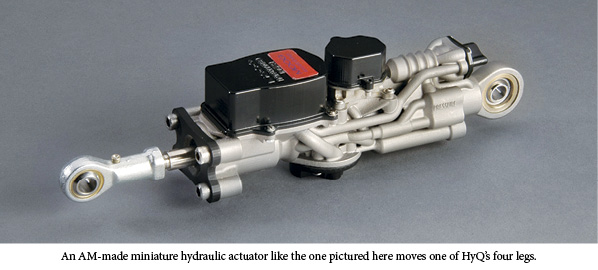The Value of Investing in Wind Knowledge
 By Nikki Walker, Wind Market Manager, Hydac
By Nikki Walker, Wind Market Manager, Hydac
The Wind Industry continues to grow year after year, racing against time to meet the next PTC (Production Tax Credit) expiration date (currently the end of 2020), and gambling on the next PTC extension, if any. Chasing this deadline goes hand-in-hand with conserving profitability. Companies scrutinize where and how to save money, with the first stop being those components that are frequently purchased.
Finding ways to extend filter element life without compromising fluid cleanliness is another important area of cost-saving evaluation. The traditional method in wind is to schedule planned maintenance. However, if wind farms extend change-outs based on preventative/predictive maintenance, then tangible and intangible benefits occur. Less up-tower time for technicians and fewer element swap-outs reduce both labor and material costs, over the life of the turbine.
Monitoring differential pressure at the filter element is key to implementing this cost savings. Adding analog sensors to the gearbox lubrication system and the hydraulic pitch system provide analog signals that can be tied into existing vibration and fluid condition monitoring systems. Filter element change-outs can be planned as the condition of the filter is overseen throughout its life.
Additionally, the indicator range of the sensor can be used to monitor the function of the bypass valve, allowing early warning for sub-optimal conditions (which is recommended by the wind energy standard AGMA 6006.) Indirect benefits include diagnostics based on trending of the pressure differential, such as premature element failure due to holes caused by large contaminants (reduced pressure drop trend) or failure of gearbox or hydraulic pitch system (high pressure drop trend).
Different wind sites experience different challenges—heat, cold, humidity, corrosive saltwater environments, just to name a few. Regardless of geography, retrofitting an existing filter housing with a sensor provides a higher level of filtration system visibility, increased troubleshooting proficiency, and reduced waste of still viable elements.
Differential pressure sensors are typically easy to retrofit into existing filter housings. However, sites may choose to only outfit a percentage of their fleet with sensors, as a cost-saving measure. Additionally, extended filter length options may also be available. Combining this with a high dirt-holding-capacity element could extend element change-outs to 12 or 24 months, or longer depending on fluid cleanliness.
A general example of cost savings in terms of Total Cost of Ownership (TCO) is to compare a standard 10 micron absolute element, changed once per year, to a high dirt-holding-capacity element requiring change out every 18-24 months. The Service Cost for these elements would include the number of times the turbine is serviced per year, replacement element cost, technician labor rate, element change-out time, oil lost during service cost, and turbine downtime cost. Based on these factors, theoretical savings with a high dirt-holding-capacity element may be 50%. Additionally, if an extended filter housing is added, cost savings may reach 70% or higher.
Element differential pressure monitoring is only one facet. Fluid condition monitoring, including water, temperature, and gearbox lubrication system metallic contamination sensors can help with predictive maintenance. It seems counterintuitive to spend more on additional sensors when cost-cutting measures rule, however this relatively small investment provides protection for high-cost critical components and extends the life of consumables. Element differential pressure and fluid condition monitoring provide the data needed for substantial cost savings over the life of the turbine. As Benjamin Franklin said, “An investment in knowledge pays the best interest!”







